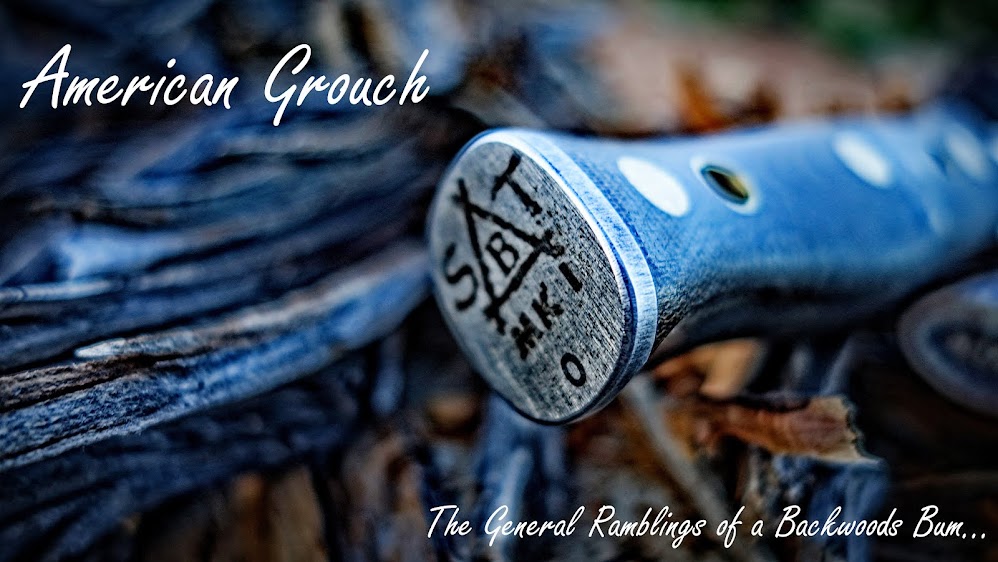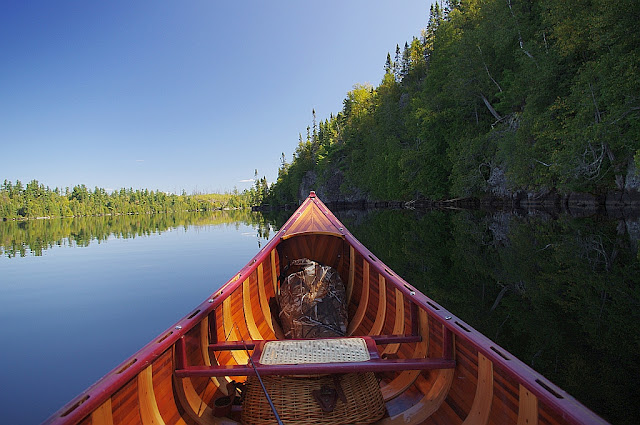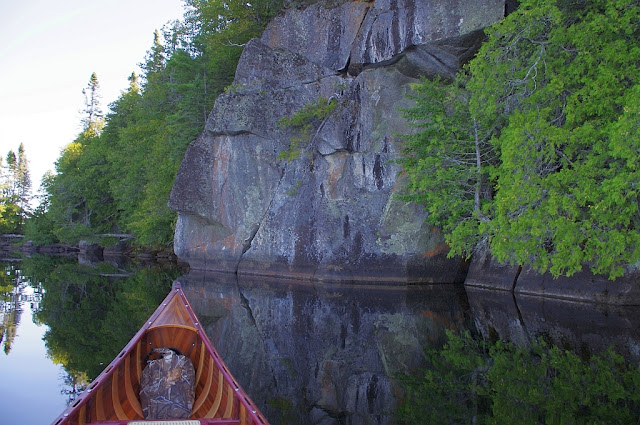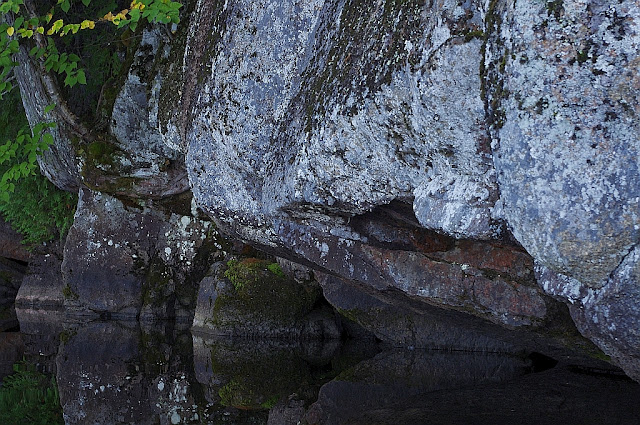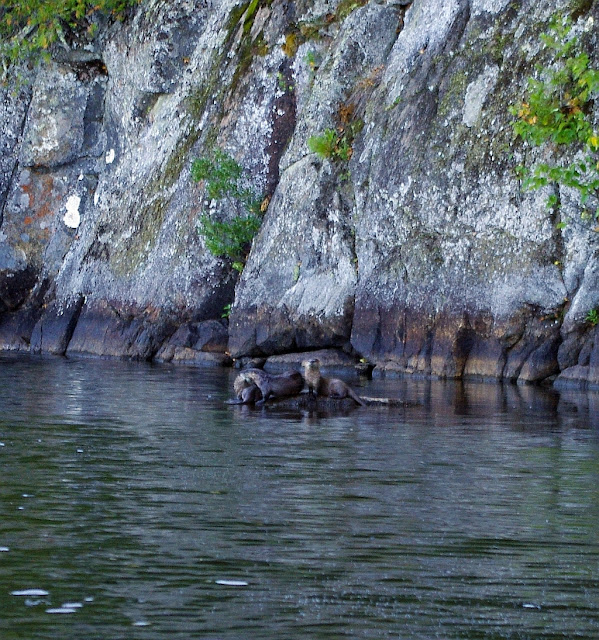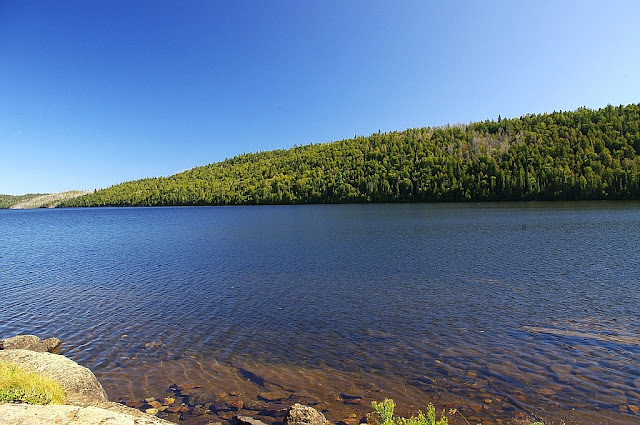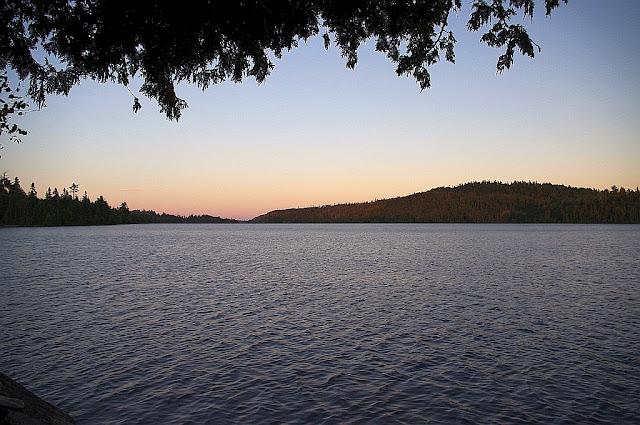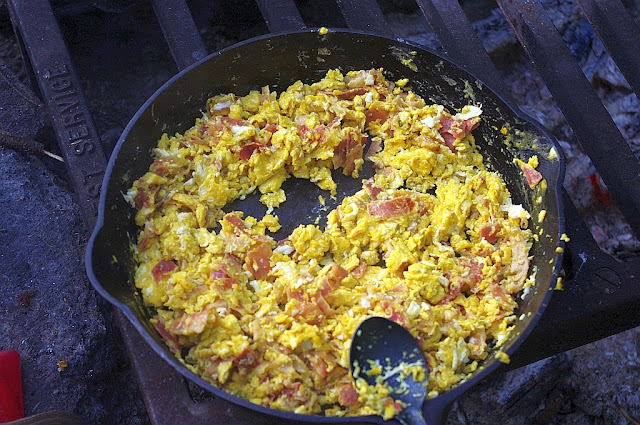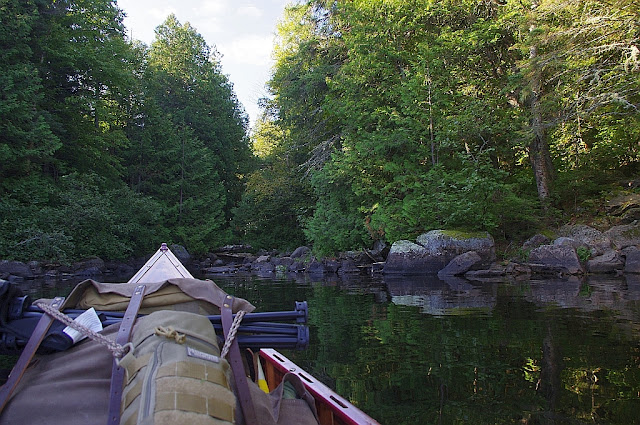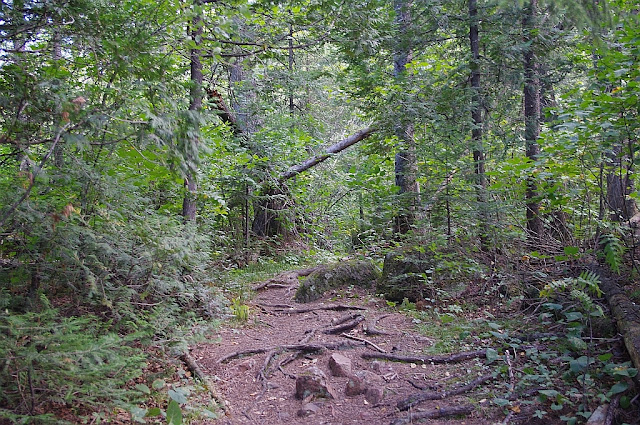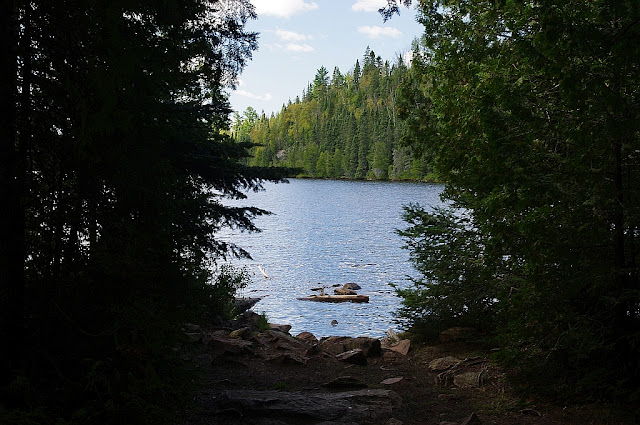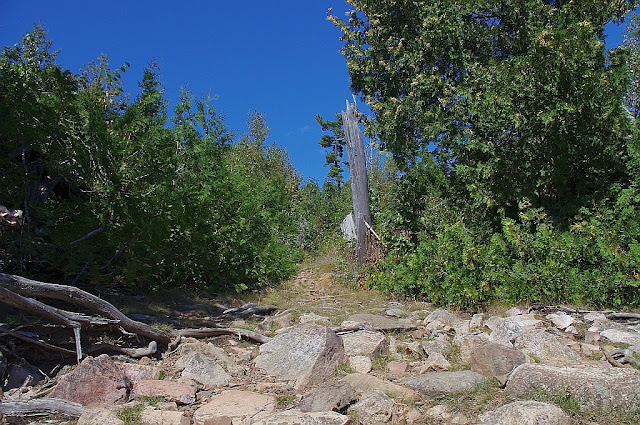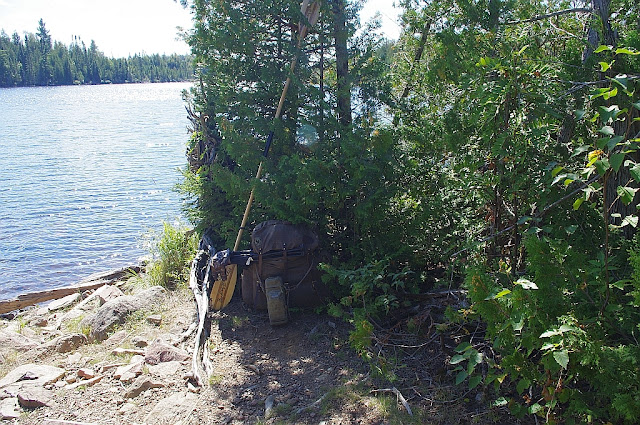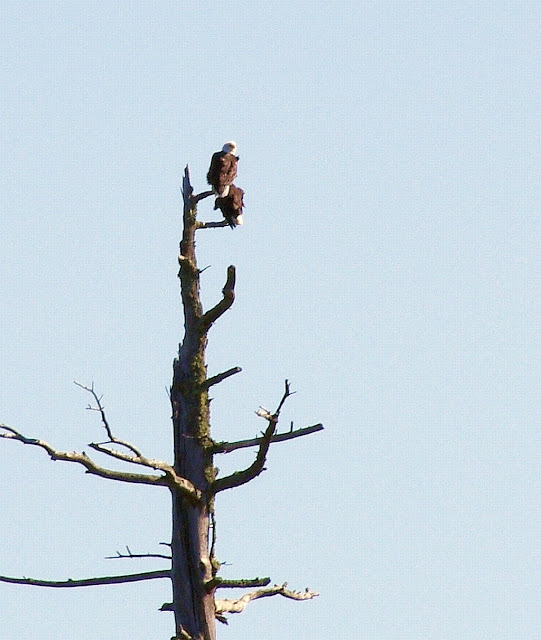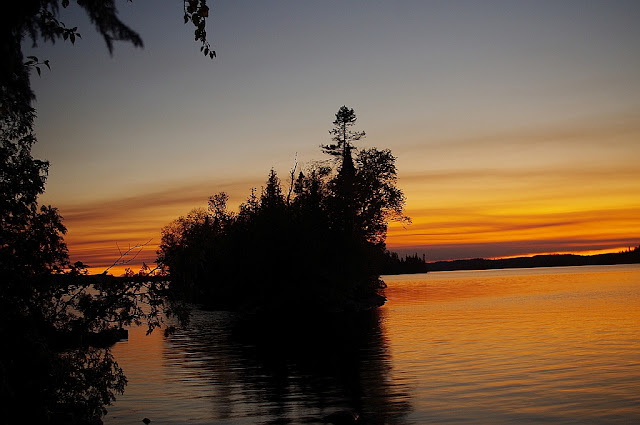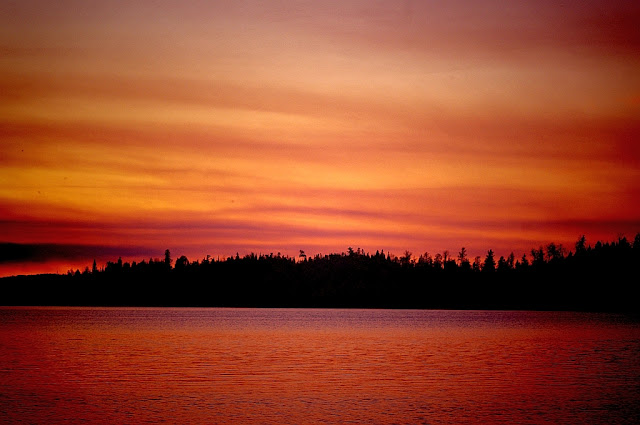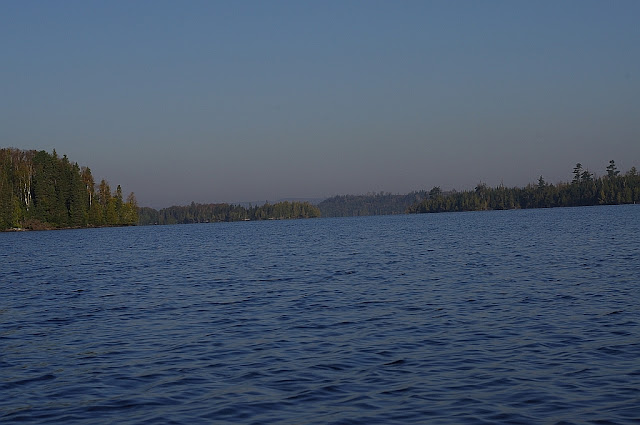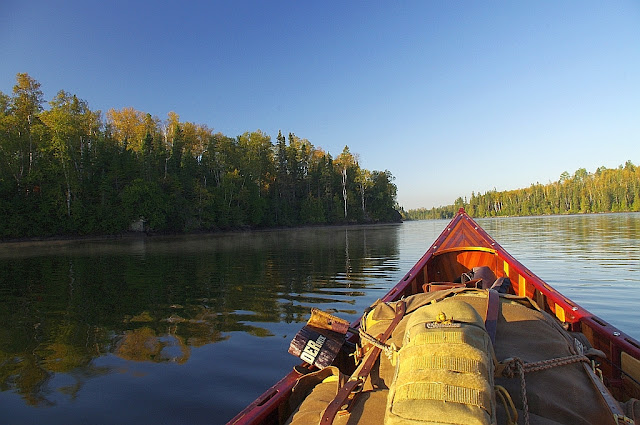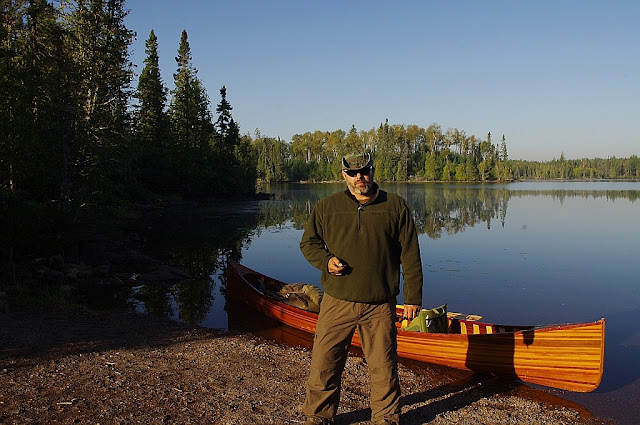Bushclass started back in January of 2011, a course of thirteen required lessons and five electives. Hosted and sponsored at Bushcraftusa.com. Multiple instructors and contributors led all who wished to participate through the lessons and electives. Individual work reflecting accomplishments and completed lessons were required to be posted. A work at your own pace course, you could do the lessons and electives in any order, once complete then five outings, one of which has to be an overnight trip, where you demonstrate what has been learned.
The entire event was well worth doing, not only is it an opportunity to learn, half the enjoyment was seeing and studying the student's submissions. Did I mention it was free?
Here is a list of the lessons and electives for Bushclass Basic:
1.Feather Sticks and Shavings
2. 5 Man-made Tinders
3. The Twig Fire
4. Four Basic Bushcraft Knots
5. Improvise a Cooking Implement from Metal
6. Knife Sharpening
7. 2 Strand Twist with Man-Made Materials
8. Braiding Man-Made Materials
9.Set a Tarp Shelter
10. Make a Simple Snare
11. Tree Id and Uses
12. Cook Bannock with Fire
13.Make a Pot Hook
14. Five Outings
ELECTIVES
Twig Bundle Fire
Make a PSK
Whipping Rope and Tool Handles
Make a Ridge Line
Make a FAK
Flint & Steel with Char cloth
Paracord Bracelet
Since you work at your own pace, Basic isn't closed and can still be started and completed by anyone who chooses to do so.
Bushclass Intermediate is starting now, here's the current list of lessons, electives have not been identified yet.
1. Use a firesteel on 5 natural tinders
2. Make a splitwood fire
3. Make a shelter from improvised materials
4. Hand sew a ditty bag
5. Cook a meal over a fire
6. Lashings
7. ID 3 poison or dangerous plants
8. Make an insulation bed
9. Demonstrate 4 fire lays
10. Make an improvised saw
11. More knots
12. Make and use natural charcloth
13. 10 outings, 3 must be overnight
14. 7 elective lessons
Bushclass is unique to my knowledge, I've not seen or heard of another effort like it on the web. The instructors led by a retired former Air Force Survival Instructor, are topnotch folks. The participants have all be great and honest efforts put forward by all. It doesn't cost you anything other than your time. The classes are open to all members at bushcraftusa.com. I encourage everyone with even the slightest interest to jump in and check it out, I'm confident that just about everyone will enjoy the process and who knows, maybe even learn a few things.
Completion of the courses gets you a certification, and an opportunity to show your support and your accomplishment by way of rocker tabs for the Bushcraft USA patches.
It's free for all members of the forums, for more information check the Bushclass sub-forums found here:
